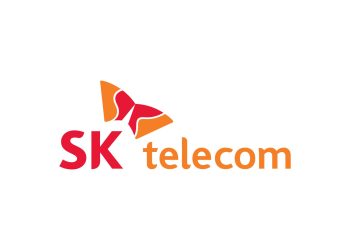SK Telecom Co. partners with Amazon Web Services Inc. (AWS) in establishing the first 5G edge cloud service in South Korea. The partnership introduced SKT 5GX Edge, a service that would grant customers the capacity to create applications that need ultra-low latency.
SKT 5GX Edge connects mobile application users to AWS Wavelength Zones that provide steady access to cloud services. The service directs excess application traffic to regional aggregation sites, minimizing network latency and maximizing 5G network capacities.
SK Telecom will utilize the AWS Wavelength technology to lessen data transmission delay by 60%. Using the service will allow users accessing the cloud services to bypass regional websites and promptly enter SK Telecom’s domain.
South Korea’s first AWS Wavelength Zone is located in the central city of Daejeon. The companies are planning to stretch out their operations to Seoul and other regions by 2021.
Since February, SK Telecom and AWS have been working together to test the compatibility of AWS Wavelength with commercial services. Yoo Young-Sang, the head of SK Telecom’s MNO division, first disclosed their cloud-based solution plans in a speech at the AWS Summit Online Korea in May.
AWS announced the launch of the AWS Wavelength accessibility to SK Telecom’s 5G Mobile Edge Computing network on their site. They are a subsidiary of Amazon primarily concentrated on providing cloud computing software services.
Usage Across Industries
South Korea’s first edge cloud service based on 5G MEC will target developers in business-related operations. Some of the starting customers for the collaboration include Woowa Brothers, a food delivery app developer and, Looxid Labs, a biometric-based data gathering system.
SK Telecom said they are looking forward to improvements from SKT 5GX Edge in areas such as gaming, public property maintenance, and video streaming. They are also planning to use the service in advancements in video conferencing, monitoring systems, and agricultural technology.
“With AWS Wavelength and SK Telecom’s 5G, application developers can now build the ultra-low latency applications needed for use cases like smart factories, interactive live streaming, autonomous vehicles, connected hospitals, and augmented and virtual reality-enhanced experiences,” said AWS







